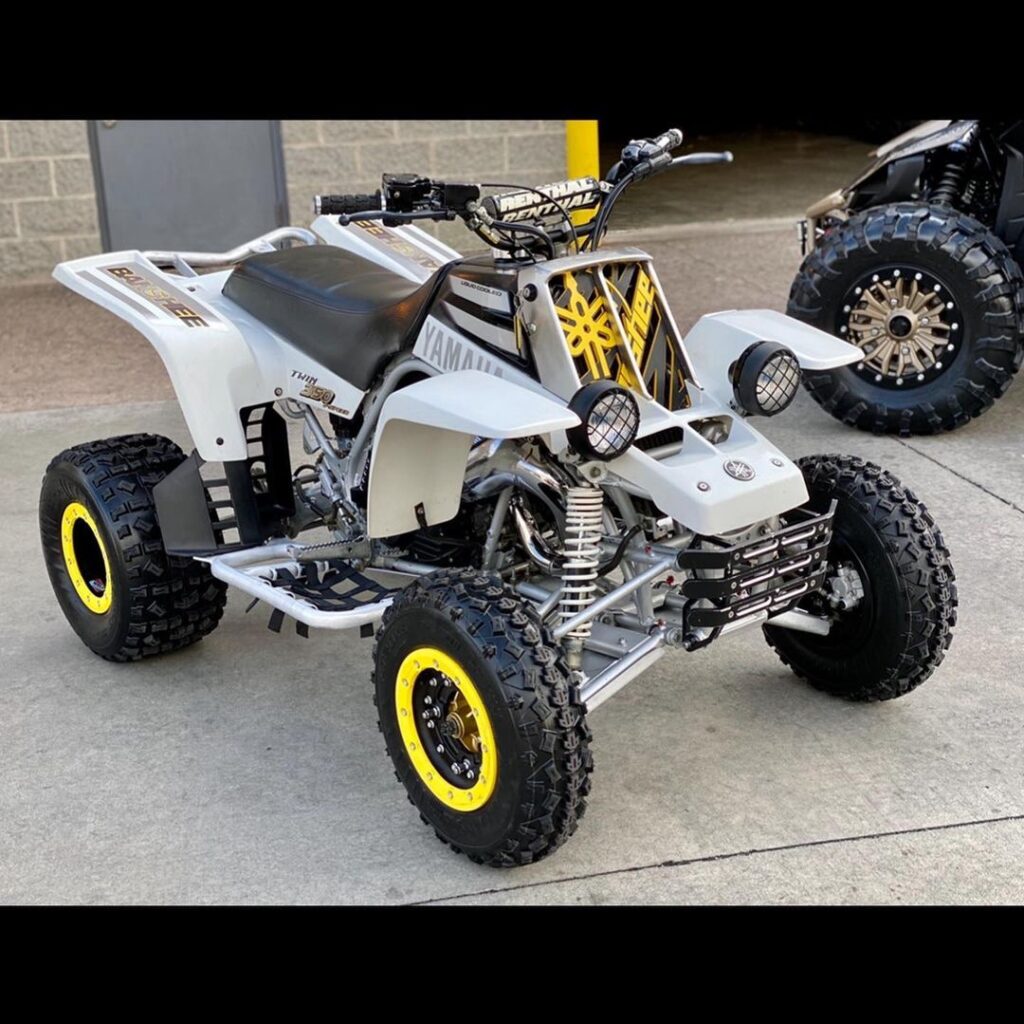Blog
4 Common Off-Road Trail Signs to Know Before You Ride
Before you take off on your next trail adventure, it’s critical to brush up on the trail signs you’re likely to see along the way. Whether you’re headed out on an ATV, dirt bike, or side-by-side, knowing what those markers mean can make or break your off-road experience. No one wants to accidentally veer into restricted territory or take a wrong turn onto a trail their vehicle isn’t built for. Here’s a few common signs to keep in mind.
Find your dream new or used recreation ATV four wheeler for sale online.
1. Trail Difficulty
This is one of the most common types of signs you’ll see out there. Trail difficulty is usually broken down into three main levels: easy, moderate, and difficult. Most signs use symbols or colors to get the message across, with green typically marking easier routes, blue for intermediate terrain, and black diamonds for expert-level trails. It’s similar to what you’d find on a ski slope, but off-road conditions can change quickly depending on weather, erosion, or recent traffic. When in doubt, follow posted warnings and ride within your comfort zone.
2. Vehicle Access
Not every trail is open to all riders. Some paths are specifically set aside for dirt bikes, mountain bikes, hikers, or equestrian use, while others are reserved for full-size off-road vehicles. Pay attention to the vehicle icons on the signage since these help prevent trail damage and avoid run-ins with other trail users. The last thing you want is to bring your UTV onto a path that’s meant for bikes only.
3. Directional Markers
It’s easy to lose your sense of direction once you’re deep in the woods or off-grid. That’s why directional signs are essential, just like they are in regular passenger vehicles. Some trail systems are one-way only, especially in narrow or high-traffic areas, while others offer loops or intersecting paths. Many trail signs will include arrows, junction numbers, or mileage info to help you stay oriented. Keeping an eye on these markers can help you avoid unplanned detours—or worse, getting stuck without cell service and no clear way out.
4. Restricted or Seasonal Access
Depending on where you ride, you might run into closures due to weather conditions, fire risk, or environmental protection. These signs usually stand out—sometimes in red or with bold warnings—and should never be ignored. In some areas, you’ll also find private property notices or “permit required” zones, especially on land managed by state or federal agencies. Even if it’s tempting to press on, skipping the sign can land you with a hefty fine, or worse, damage sensitive ecosystems.
Explore new and used sport four wheeler ATVs for sale online.
When in Doubt Plan Ahead
Trail signs are there to guide you, but it’s always a good move to plan your route ahead of time. Many parks or trail systems offer printed or downloadable maps with trail names, difficulty levels, and access points clearly marked. Bringing one along—or loading it up on your GPS—gives you a backup in case signs get damaged or hard to spot in low light.
While different parks and trail systems may have their own variations, a lot of the signage you’ll come across follows a shared language. From difficulty ratings to designated use areas, these markers are designed to keep everyone safe, on track, and riding responsibly.

